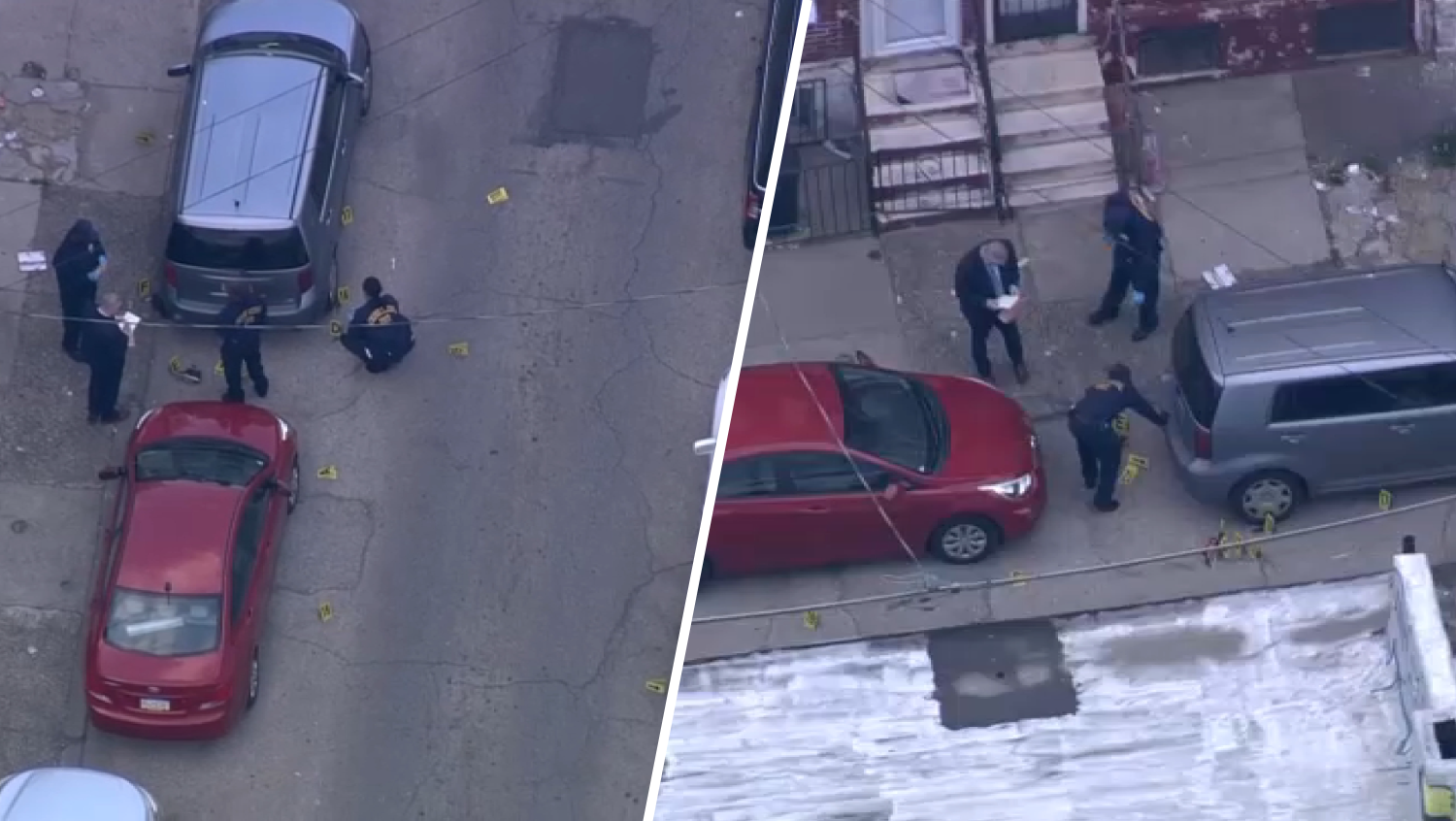The most amazing thing about what happened this month at the Convention Center is that it happened at all.
This was an ending no one expected. The time-honored storyline in Philadelphia is that what labor wants labor gets. And Ed Coryell, head of the Carpenters Union, is used to getting his way. He is head of the region’s largest crafts union and has maximum political clout among Democratic and Republican politicians.
For years, the managers at the center tried to get Coryell to agree to work rule changes, and for years he refused. Vociferously, consistently refused.
Last August, he yanked his people out of the center and staged a mini-strike, shutting down operations for a day. It was a disaster in the making. A big convention was due in the next week. Being forced to cancel would have been a public relations nightmare for the center.
Local
Breaking news and the stories that matter to your neighborhood.
Déjà vu
So, the center’s board backed off and gave the six unions that work in the center a one-year extension on their contracts and the Customer Service Agreement (CSA), the document that governs who does what at the center when it comes to set up and take down on the convention floor.
This year, to quote Yogi Berra, was looking like déjà vu all over again.
Again, the center’s managers were seeking new contracts and a new CSA from the unions.
Again, in the midst of negotiations, Coryell yanked his men out of the center and staged another mini-strike. The timing could not have been worse.
There was a convention inside the building waiting for a take down. There were several events waiting to be set up for the weekend. It was Thursday, May 1—a day that will go down in labor history in this town.
Instead of caving, the center’s board—all of them political appointees—faced Coryell down. It gave the unions time to agree to new contracts and a new CSA and said those who didn’t would be left behind.
Coryell’s union, along with the Teamsters, did not sign on the agreed-to date, which was May 5.
The center’s board effectively banished them from the center, saying it would divvy up the work that needed to be done among the four unions that had signed.
The next day, when the Teamsters and Carpenters set up a picket line outside the building, the other unions walked past them and went inside, ready to work.
How did this happen?
For starters, clearly Coryell overplayed his hand.
This year, he walked out while the unions were in the middle of agreeing to a short extension to work out the final details of their contracts. No one working on that agreement inside the building knew about the strike until they were told there were carpenter pickets ringing the building.
It wasn’t necessary to pull his men out. He did it anyway, just to demonstrate his power.
Tense meeting
When he learned the board and the four other unions were moving on without him, he sputtered with rage. Participants describe a tense meeting of the board—Coryell also serves on the board—where Coryell said, in so many words: You can’t do this to me, and you won’t get away with it.
He had his political allies call board members and ask them to reverse their decision. That failed.
Later, in a rare outreach to the media, Coryell put out the word that he thought he had until May 10 to sign the agreement, not May 5—as everyone else understood.
The Teamster’s president, Bill Hamilton, gave the same line to explain why he didn’t return from a Las Vegas convention to sign the agreement on time.
Frankly, it’s an argument that makes them look incompetent. You mean you didn’t know the deadline?
So far, their protestations haven’t helped them, even after they belatedly signed new agreements.
It was too late, the board said. We are moving on. And the board began spreading the word among convention bookers that a new day was dawning at the center. Or to put it another way, Ding! Dong! The witch is dead.
Coryell, it seems, was blind to the situation as it unfolded.
White elephant
Over the last year, a narrative had developed about the convention center that went like this: The center is in danger of becoming a white elephant. Despite a $780-million expansion completed in 2011, it was not drawing the promised two-dozen or so major conventions a year. In fact, this year it has 14 and after that the numbers drop.
The cause of this disaster? Labor hassles—shorthand for complaints by convention bookers that work rules made set up and take down difficult and made costs unpredictable. And most of the problems were traceable to one union: the carpenters. As one source told me last year: “We don’t have a union problem. We have a Carpenters Union problem.”
The world had changed since the center opened in 1993. Many booths come in a kit. Exhibitors were used to setting up themselves. They didn’t want to have to pay $70 an hour for a surly carpenter to screw in their curtain rods or hang their signs. Or, rather, they didn’t want to wait all day and pay overtime when the carpenter finally got around to it.
The result? Bookers took the conventions elsewhere. There is a national market for conventions, and large centers in other cities were happy for the business. They even sold themselves as an antidote to the Philadelphia experience.
Traditionally, the unions blamed the center’s management for the problems, saying they were political appointees who could not properly manage the place. (The managers could argue the political appointees on the center’s board wouldn’t let them manage.)
So, last year, the center’s board hired a private manager and that private manager told the board, in so many words: this center cannot compete for business unless it moves from “restrictive” to “open” exhibitor rights.
It may mean fewer hours for the unions in the short run, but will balance out once more conventions book the center.
Coryell disputed that narrative. Actually, he didn’t so much dispute it as deny it. He would never publicly address the complaints. At board meetings he would dismiss warnings about lost bookings by saying: We’ll get them. We always do.
He ended up being the only person in the room who believed that.
More was at stake than the jobs at the center. Conventions are a major contributor to the tourism and hospitality sector, which employs 62,000 workers in hotels, restaurants and all the ancillary services.
Lost millions
When you go from having 20 major conventions (in 2013) to 11 (booked for 2015) it doesn’t take a math wizard to figure out the city will lose many millions in convention dollars.
It didn’t help that Coryell was, at the same time, fighting with his fellow craft unions. As Chris Hepp reported in the Inquirer, he stopped paying his share of dues to the Building and Construction Trades Councils, which includes all the local craft unions.
For some of the unions, going against the Carpenters was a form of payback for past jurisdictional fights (Who carries the lumber? Who unloads the truck?) that the carpenters often won.
Coryell seemed blind to these realities and to the shift in the narrative. Had the board backed off after he pulled his men on May 1, the word would have gone forth in the (relatively small) convention booking business that management had once again caved. The message: Don’t go to Philly, the carpenters are in charge.
He really gave the board little choice. Rather than to try again to untie the knot he had created, they cut the cord.
Coryell has a lot of explaining to do to his members. In the end, he failed to represent their best interests. To use as his excuse: “They tricked me on the deadline,” makes it worse. He looks like a man with a bad case of the Stupids.

This story was published through a news content partnership between NBC10.com and AxisPhilly.org



